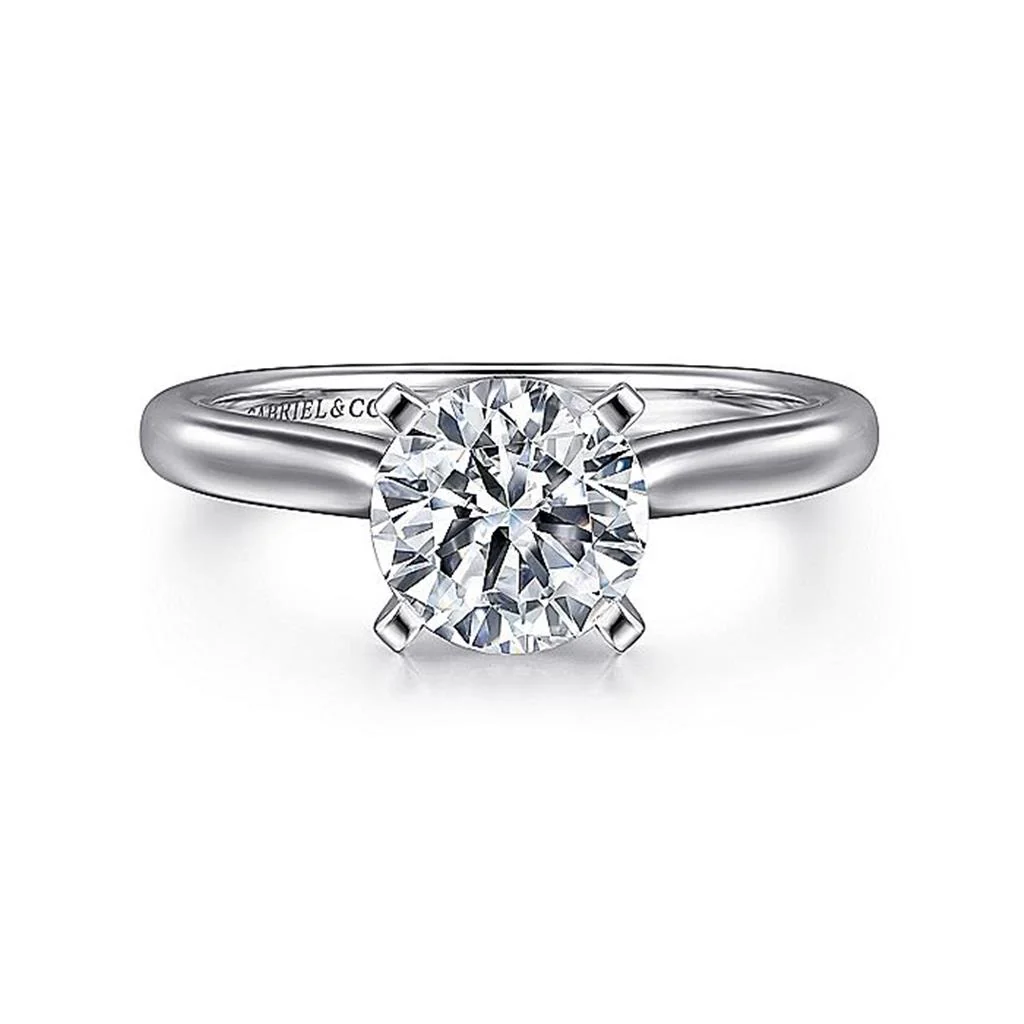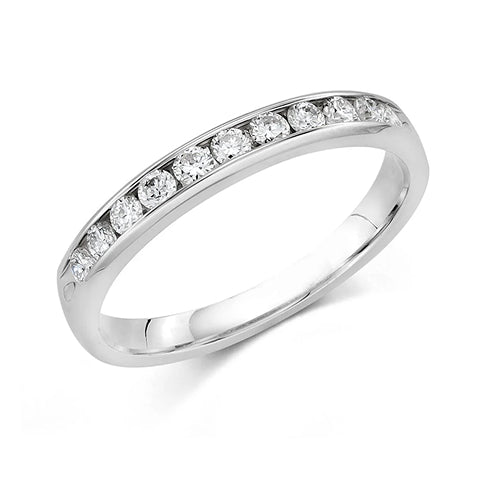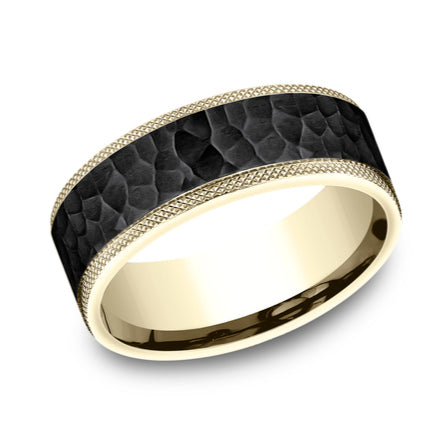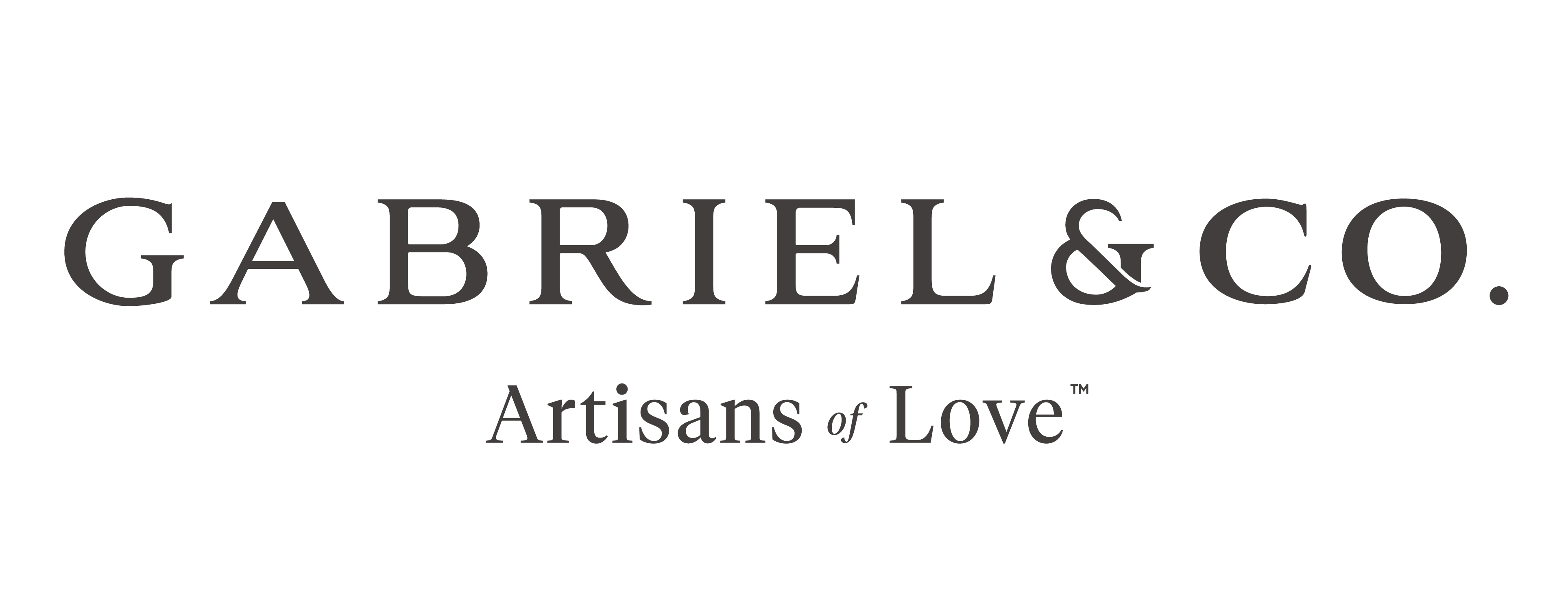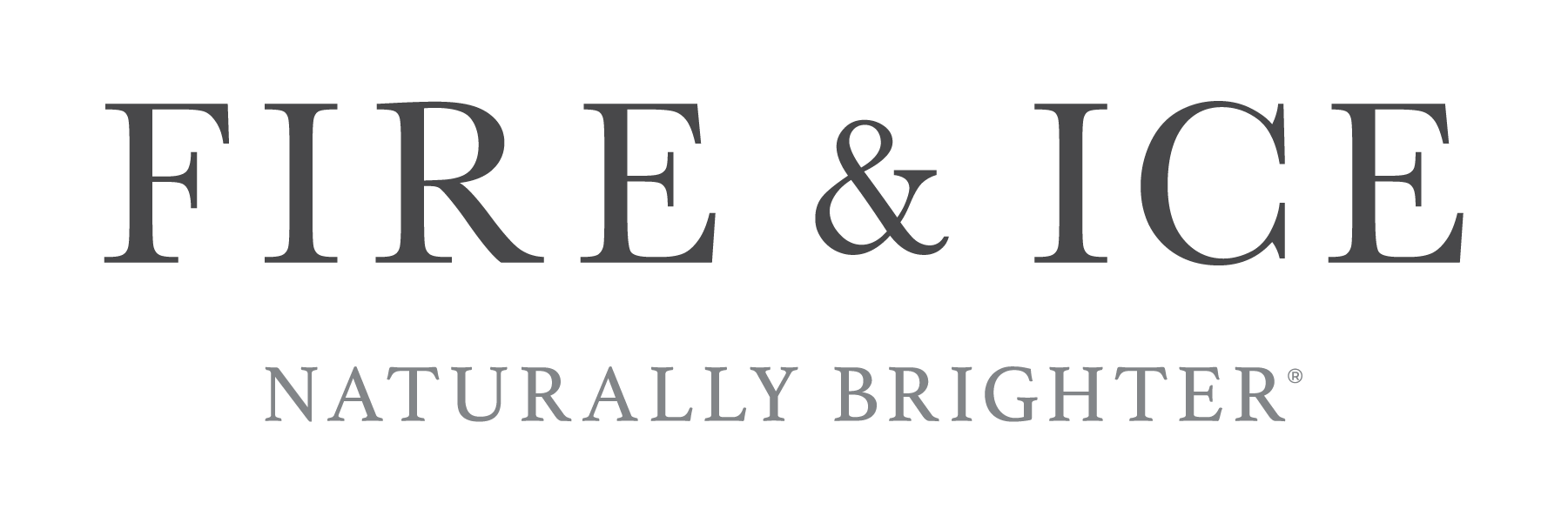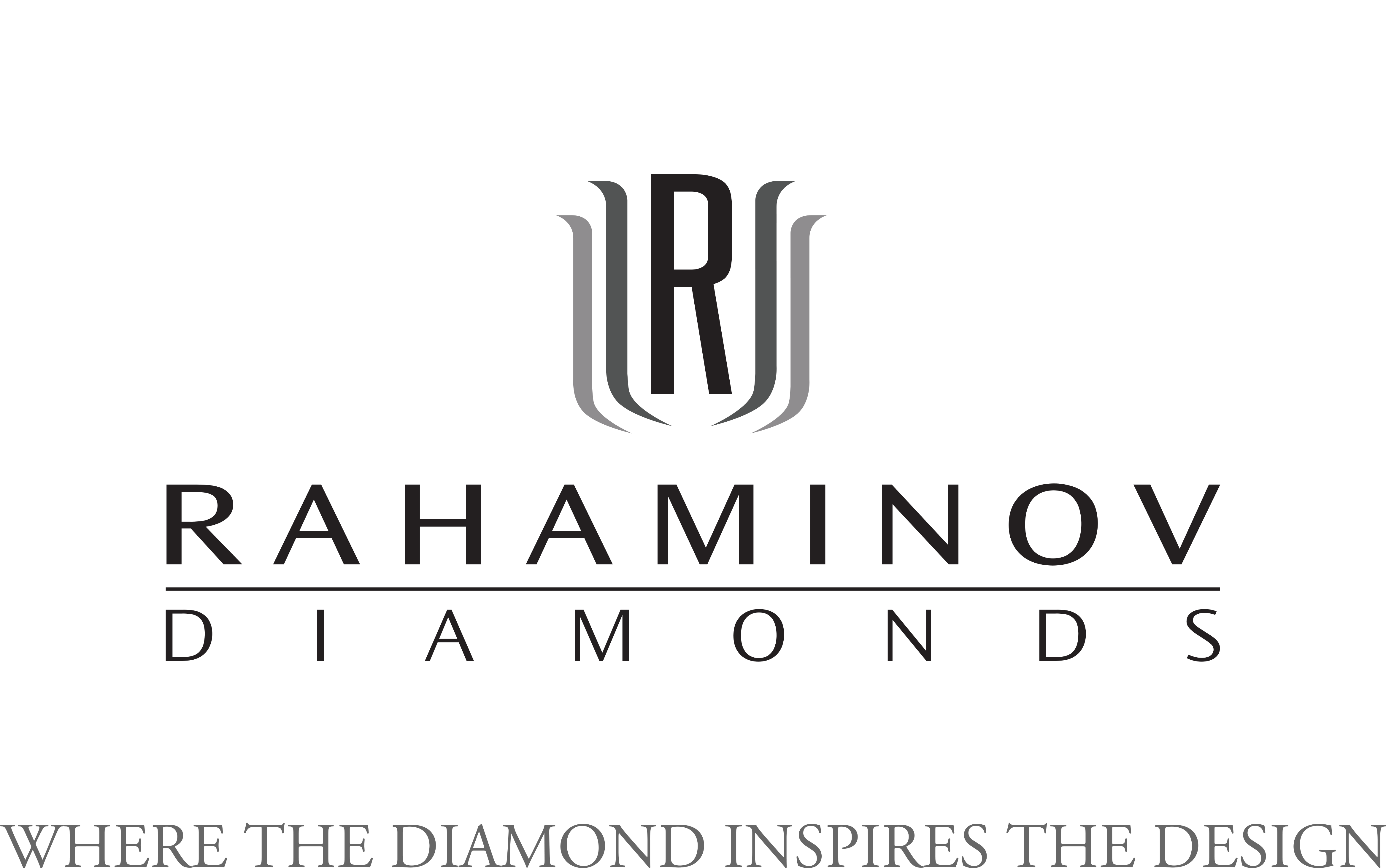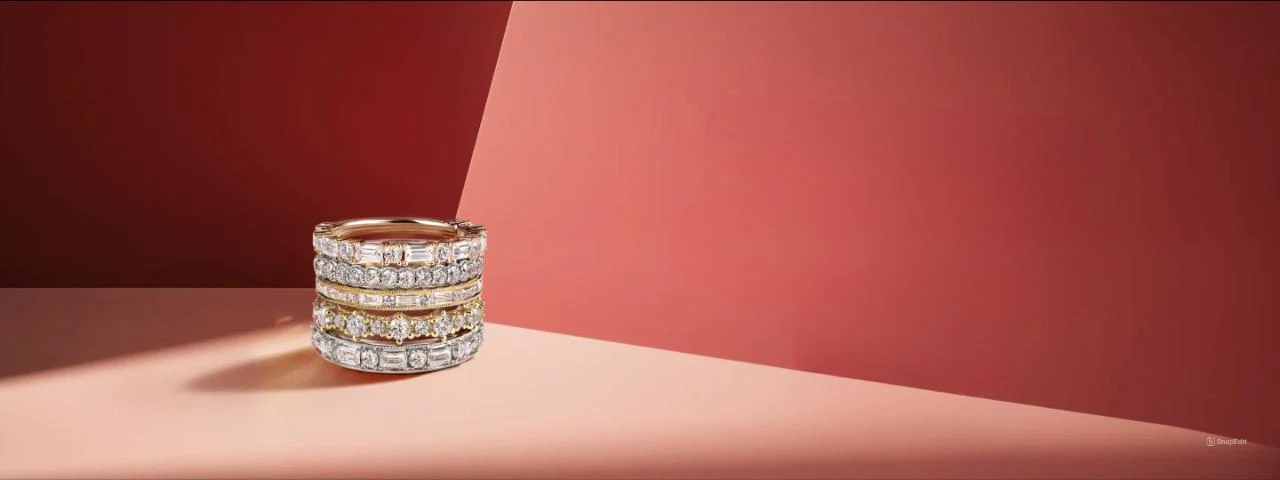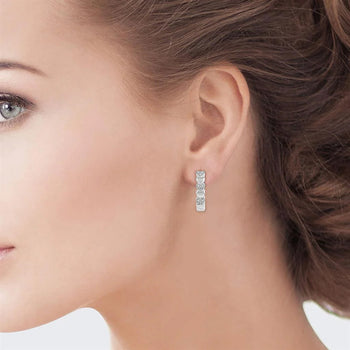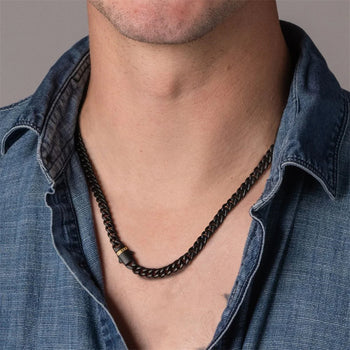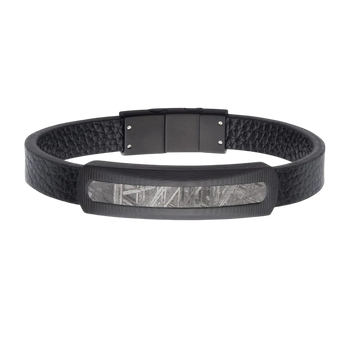At Jeweler's Touch, we're eager to share our knowledge about diamonds, gemstones, metals, and jewelry in general. Please browse our resources and contact us for help in your journey.
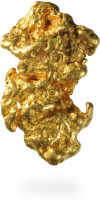
Yellow Gold
Yellow gold has a look people most often associate with gold. It’s a mixture of pure gold with zinc or copper. The higher the carat count, the purer the gold, but the softer the metal. For example, 18k gold ranks a 2.8 on the Mohs Hardness Scale, and 14k gold has a hardness of 3.5 to 4.
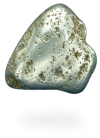
White Gold
18k white gold is roughly 75% gold. The remaining 25% is typically zinc and nickel, while 14k white gold is 54.3% pure gold. The resulting mixture is generally off-white, so it is plated with rhodium to create a bright white tone. The more gold, the greater the resistance to tarnish and corrosion.
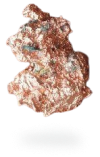
Rose Gold
Rose gold blends pure gold with copper and silver. The ratio of yellow gold to copper determines the depth of color; 14k rose gold appears more pink than 18K rose gold. The metal is often chosen for the romantic flair it can add to engagement rings and other fine jewelry.
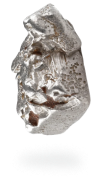
Platinum
Platinum is highly durable, so platinum jewelry is suited for everyday wear. The metal can enhance the brilliance of diamonds. It also does not tarnish or oxidize. Another desirable property is that platinum is hypoallergenic, meaning it’s unlikely to cause rashes and other reactions in people sensitive to other metals.
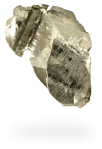
Palladium
Palladium is a hypoallergenic metal with a natural white sheen, so no plating is necessary. It does not tarnish and is scratch resistant. Also, it weighs about the same as 14k white gold of the same size and shape.
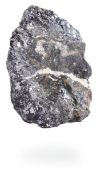
Silver
Fine silver is the purest form; it is 99.9% silver but is quite soft. Sterling silver is 92.5% pure silver, and the rest is copper to strengthen the metal and add malleability. Compared to other metals, silver is relatively affordable and easy to shape, so it’s found in all types of jewelry.
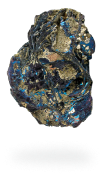
Cobalt
An extremely durable metal, cobalt doesn’t bend and is scratch-resistant. It’s a popular alternative in bracelets, necklaces, wedding rings, and bands. The natural white luster is similar to white gold and platinum (yet cobalt is four times harder than platinum).
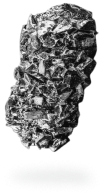
Titanium
Titanium is a lightweight, durable metal that’s used in rings and all types of jewelry. It is resistant to corrosion, scratching, cracking, and bending. If you’re concerned about damaging your ring, titanium is a good alternative. It can resist wear and tear for many, many years.
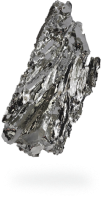
Tungsten
Tungsten carbide, which is 80% tungsten and 20% carbon and metal alloys, is twice as hard as steel and four times as hard as titanium. Tungsten jewelry is more scratch-resistant than any other metal. To engrave tungsten, you need a diamond engraver. Black tungsten is popular among people who like black-colored rings made of metal.

